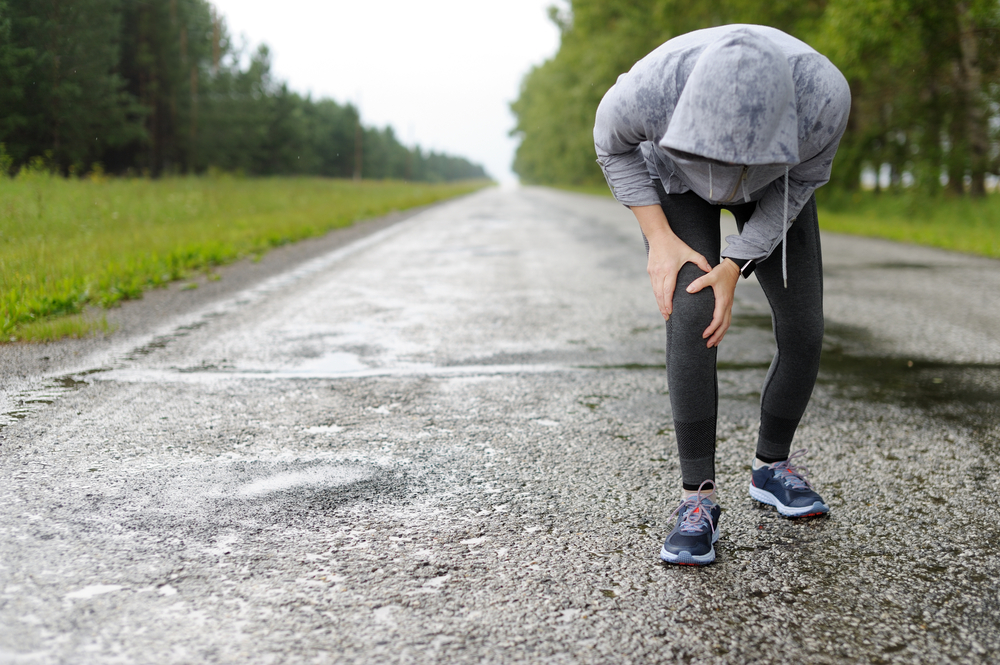Changes in the weather can influence how our joints feel and function. Many people report discomfort in their joints, particularly knee pain, during certain weather conditions. While the exact link isn’t fully understood, specific factors like temperature, humidity, and barometric pressure may play a role. Knowing how weather impacts joint health and what strategies to use can help manage these effects.
How Does Weather Affect Joint Health?
Changes in the weather, particularly temperature and atmospheric pressure, often influence joint discomfort. Many people notice symptoms worsening when a cold front approaches or during periods of high humidity. These changes may contribute to joint stiffness and discomfort, including knee pain, which is a common complaint.
Low barometric pressure, for instance, can cause soft tissues around the joints to expand slightly, potentially increasing pressure on surrounding nerves. Meanwhile, cold weather may reduce blood flow to extremities, causing joints and muscles to feel achy or stiff. While not everyone experiences these issues, weather-sensitive individuals often associate specific weather patterns with an increase in joint discomfort.
Several factors may influence weather-induced symptoms:
Existing Conditions: Those with arthritis or previous joint injuries may be more susceptible to weather-related pain.
Activity Levels: Cold weather might limit outdoor activities, reducing movement and causing joints to stiffen.
Humidity: Increased moisture in the air can sometimes exacerbate swelling in joints.
Noticing these factors and their timing can help you plan better care for your joints
What Are the Best Treatment Options for Weather-Induced Knee Pain?
If changing weather patterns affect your knees or other joints, several strategies may help alleviate discomfort and improve mobility. Many of these can be implemented at home or during your daily routine.
Stay Active: Regular movement supports joint function and can reduce stiffness. During colder months, engage in low-impact activities like swimming, yoga, or walking indoors.
Apply Heat or Cold: Warm compresses help improve blood flow to stiff areas, while cold compresses may reduce swelling and inflammation. Use these methods depending on your symptoms.
Dress for the Weather: Wearing layers and keeping your knees warm during colder months may protect your joints from stiffness.
These approaches can help during periods of discomfort and support joint health over time. Maintaining healthy habits, such as good posture and proper hydration, contributes to better joint care.
When Should You Seek Medical Advice for Weather-Related Joint Pain?
While occasional knee pain linked to weather is often manageable, its frequency and severity must be monitored. If symptoms persist or worsen despite self-care, seeking professional input is a good step. Prolonged joint pain, swelling, or difficulty moving a joint might indicate an underlying condition requiring treatment.
Your medical provider may discuss advanced intervention strategies, including physical therapy or other options tailored to your specific needs. Joint pain associated with redness, heat, or other unusual symptoms often points to an issue that requires prompt evaluation. Listening to your body and addressing recurrent discomfort allows for better care and prevention strategies. If something feels unusual, don’t hesitate to reach out for professional evaluation and support.
Seek Professional Advice for Knee Pain
Weather-related joint pain doesn’t have to disrupt daily life. By managing its effects and knowing when to consult a specialist, you can stay active and comfortable regardless of the season. If knee pain or joint discomfort persists, contact a healthcare provider to explore personalized solutions.







